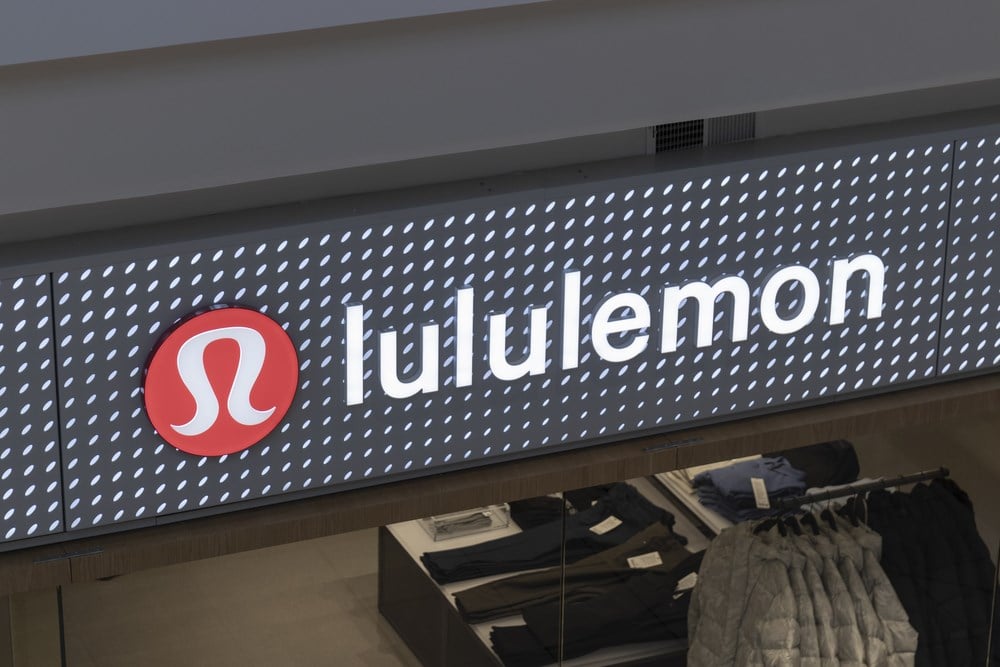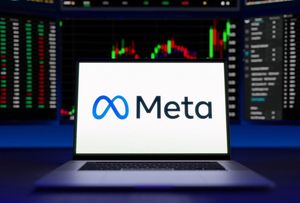
Inflation trends in the United States have been improving in the past few months, all thanks to the efforts and initiatives taken by the FED. Rising interest rates may concern some investors, especially when the effects of hikes take a toll on some chosen sectors, namely cyclical consumer spaces. However, the latest inflation trend has opened up a sweet spot for investors to get in ahead of improving financials as input costs begin to contract in this space.
According to July's ISM manufacturing PMI report, prices have declined over the whole month, with a focus on a few select industries driving down costs. Textile mills reported the third-largest price decline, as well as some favorable turnarounds when it comes to new orders. Rising new orders from textile mills may be coming from the apparel sector, which is now clearing a path from previous inventory issues.
Rising orders going into textile mills can be attributed to the increased profit potential perceived, especially now that input costs and prices have declined for these factories. Cotton prices have fallen significantly over the past year, attracting market attention to companies that depend on textile mills to drive their margins higher, such as these three names.
Nike
While Nike (NYSE: NKE) is mainly a footwear and accessory company, a growing share of its products and revenue can be seen in the apparel selections the company has rolled out and expanded. This stock has followed a similar path relative to many other stocks in various sectors, with a rapid rise during 2020-2021 followed by double-digit declines to end with a currently compressed stock price.
Nike analyst ratings are shooting for a decent 20.4% upside from today's prices, and the company's chart looks like it wants to prove these targets right. However, investors are sure to ask themselves where these bullish outlooks may be coming from to justify a potential purchase with the hopes of double-digit returns.
The key may be found in the company's latest quarterly earnings results, where management highlighted that while revenues rose at a satisfactory 5% during the year, gross margins contracted.
Going from 45% in 2022 to 43.6% in 2023 may not seem like that big of a change; however, it starts to become an issue considering Nike's size.
Management attributes these contractions to elevated input costs in raw material and freight; what investors need to take away from this is what the future may look like for these costs and subsequent margins. There was $1.4 billion allocated to share repurchases alone during the quarter and a total of $5.5 billion so far in the year, signaling that management may expect some improvements in the months to come and expecting a mirroring rise in the stock price.
Adidas
Showcasing a similar chart to that of Nike, Adidas (OTCMKTS: ADDYY) is experiencing a matching set of tailwinds and headwinds. The main differentiator between these two brands is an example of how much the underlying input cost improvements can affect outlooks and the stock price.
Adidas stock has outperformed Nike by as much as 17.7% over the past twelve months, which may result from the former experiencing the benefits of lower costs before the latter. Adidas analyst ratings are placing a higher perceived upside of 38% from today's prices; clearly, there must be something superior in the works to perceive a higher potential relative to Nike.
The curiosity peaks when investors begin wondering why Adidas is calling for all the favoritism from street analysts. The answer may be found within the company's latest quarterly financial results, where the numbers speak for themselves. While revenues were flat for the past twelve months, the gross margins for the business increased by 0.6%, a sign of improving underlying conditions.
As far as the inventory issues that were forcing the company to discount their merchandise, and therefore directly punish the possibility of any margin growth. However, these trends are beginning to change as management improves the company's inventory issues, allowing for a push in margins.
These benefits will likely continue now that input costs are declining, amplifying the sentiment seen from analysts today.
Lululemon
Perhaps the best example of these underlying trends beginning to take place is Lululemon Athletica (NASDAQ: LULU), a name that reported the most explosive earnings of this small peer group, perhaps acting as a foreshadowing to what could come to the other players in the space.
Reporting a 24% net revenue increase over the past twelve months, Lululemon showcased a blockbuster second quarter of 2023 to its investors. Though what is essential for investors to understand, as far as perceiving what the future may hold for Nike and Adidas, is that gross margins grew by as much as 3.6% during the period for Lululemon.
This trend will likely continue, all thanks to textile mill improvements.






